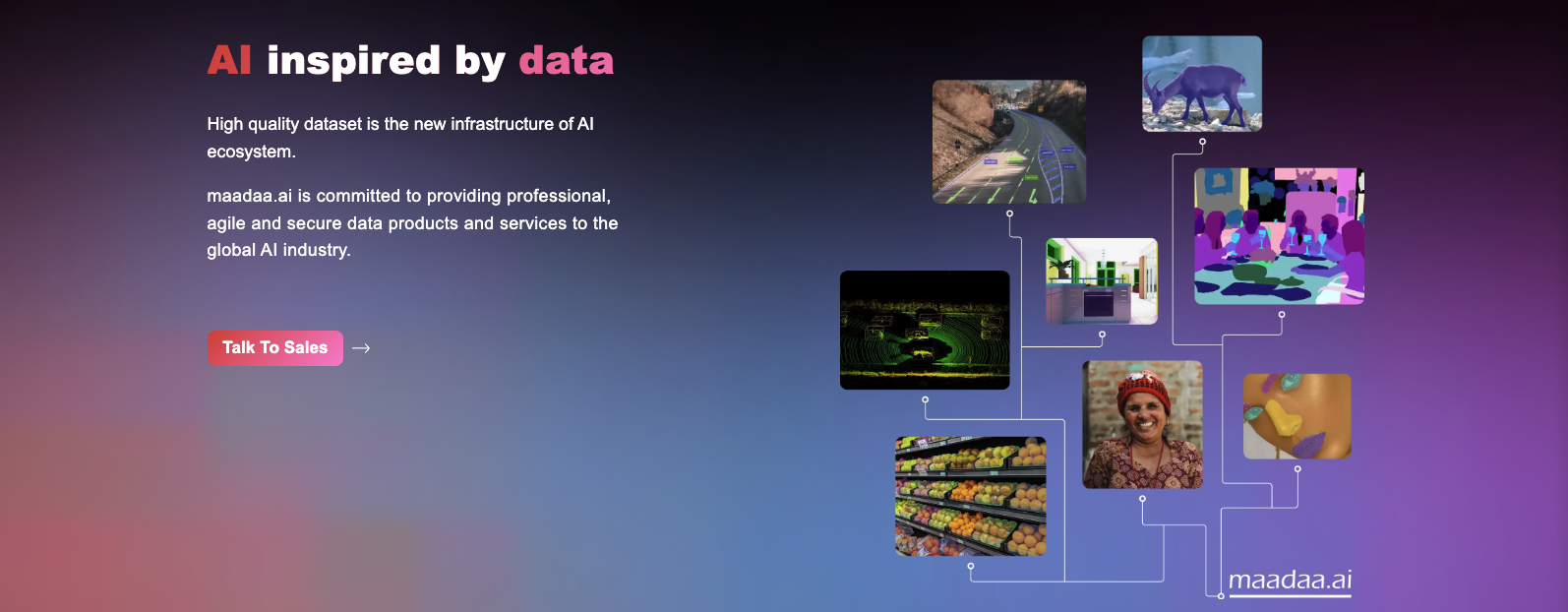KEYWORDS: AIData, AIFashion, E-commerce, LargeLanguageModel, LLM, Dataset, FashionData, OpenData, ChatGPT, GPT-4, PanopticSegmentation, FakeDetection
In the ever-evolving fashion industry, AI-powered solutions have become essential for businesses to thrive. Large Language Models (LLM) such as ChatGPT, a cutting-edge technology, present exciting opportunities and unique challenges for the fashion industry.
With the use of LLM, customized customer service such as chatbots for each different customer has already become a reality. AI virtual stylists, AI personal fashion designers, and virtual shopping assistants are also possible.
In addition, LLMs such as ChatGPT can help the fashion industry respond efficiently and quickly to the needs regarding trends and production, marketing, and inventory management.
However, as we know, people cannot directly use LLMs like ChatGPT/GPT-4 for business purposes because of the accuracy, bias, and lack of professional knowledge of specific fields. It is crucial and urgent to build a data-centric approach to ChatGPT development of business scenarios.
Therefore, in this article, maadaa.ai will explore the transformative potential of ChatGPT in the fashion industry and delve into crucial topics such as opportunities and challenges of ChatGPT in fashion, AI datasets for fashion and e-commerce, AI-powered personalization and fake detection in the fashion industry, as well as the relevant AI technologies such as face parsing and panoptic segmentation.
1. ChatGPT for the Fashion Industry: Embracing New Opportunities and Overcoming Challenges
ChatGPT has immense potential to revolutionize the fashion industry. This section explores the new opportunities it presents and the challenges that need to be addressed. It discusses how ChatGPT can enhance customer interactions, improve various aspects of the fashion business, and help businesses stay ahead of the competitive market.
Read more: ChatGPT For Fashion Industry: New Opportunities and Challenges
2. Fashion & E-commerce Dataset Collection: Enhancing AI Models
Learn about the crucial role that fashion and e-commerce dataset collection plays in training effective AI models for the fashion industry. Discover various sources for obtaining high-quality datasets and gain insight into the challenges of curating comprehensive datasets that drive AI advancements in the fashion industry.
Read more: Fashion & E-commerce Dataset Collection
3. AI Datasets for Fashion & E-Commerce: Open vs. Commercial and the Latest Trends
Understand the different types of AI datasets available for the fashion and e-commerce industries. Compare the benefits and limitations of open and commercial datasets, and stay up-to-date on emerging trends in AI dataset creation. Gain insight into how these trends impact fashion and e-commerce applications.
Read more: AI Datasets for Fashion & E-Commerce: Open vs. Commercial and the Trends
4. AI-Powered Personalization of E-commerce and Fashion: Leveraging Open and Commercial Datasets
Personalization plays a key role in enhancing the customer experience in the fashion and e-commerce industries. This article examines how AI can be leveraged to achieve personalized recommendations and experiences. It discusses the availability of open and commercial datasets that enable AI-powered personalization in the fashion industry.
Read more: AI-powered personalization of E-commerce and Fashion: open and commercial datasets
5. AI for Fake Detection in Fashion and E-commerce Industries: Leveraging Open & Commercial Datasets
AI-based fake detection systems have become critical with the rise of fake products and counterfeit items in the fashion and e-commerce industries. This article examines how AI can be leveraged for fake detection and highlights the open and commercial datasets available for training reliable fake detection models.
Read more: AI for fake Detection in Fashion and E-commerce industries: The related open & commercial datasets
6. Face Parsing: Use Cases and Accessible Datasets
Face parsing is another AI technique that has significant applications in the fashion industry. This section explores the use cases of face parsing, such as virtual try-on and makeup simulation. It also provides an overview of open datasets that can be used to train face parsing models.
Read more: Face Parsing: Use Cases and Open Datasets
7. Panoptic Segmentation: Real-World Applications and Enabling Datasets
Panoptic segmentation is a powerful computer vision technique that can benefit the fashion industry in various ways. This article outlines six typical real-world applications where panoptic segmentation can be utilized. It also provides insight into 15 enabling datasets that can be used to train panoptic segmentation models.
Read more: Panoptic Segmentation: 6 Typical Real-World Applications and 15 Enabling Datasets
8. High-Quality Panoptic Segmentation Datasets: Fueling Accurate Models
This section of the discussion focuses on the significance of high-quality datasets for accurate model training in panoptic segmentation. It also explores the challenges of creating such datasets and provides information on existing resources that provide reliable panoptic segmentation datasets for the fashion industry.
Read more: High-Quality Panoptic Segmentation Datasets
9. Conclusion
ChatGPT presents unprecedented opportunities for the fashion industry, revolutionizing customer interactions and improving various aspects of the business. By leveraging fashion and e-commerce datasets, panoptic segmentation, AI-powered personalization, face parsing, and AI for fake detection, businesses can improve their operations and deliver exceptional experiences to customers. Embracing AI technologies like ChatGPT opens up new horizons, enabling the fashion industry to overcome challenges and thrive in a dynamic market.



